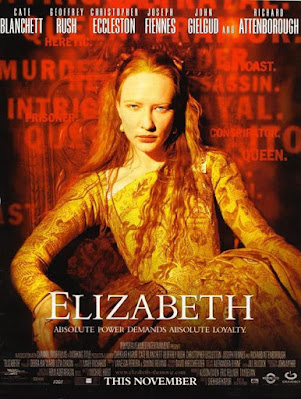What an odd film writer/director Baz Luhrman made of his Elvis Presley bio-pic. Maximalist, as is his wont, prioritizing instant gratification and ignoring the long view. Aware of missing structure, Luhrman uses creepy fabulist/manager Colonel Tom Parker to walk us thru a series of ellipses (as if you'd stumbled into a World’s Fair Exhibit and couldn’t find a way out), a long picturized lecture on a rather short life. Southern poverty, smothering mother-love, Gospel music & spirituality, a fast rise, but crucially skipping Elvis’s pre-Army Hollywood days and the three pics rushed thru production when producer Hal Wallis signed him up before the infamous Milton Berle ‘Hound Dog’ fiasco. Dramatically, it means Army grooming, mother’s death, Colonel’s monetization all play unopposed as Elvis loses openness, rough edges and cultural threat. As Elvis, Austin Butler seems just right . . . for Ricky Nelson. (Those two boys did share the same lips.) And Tom Hanks' Col. Parker? Not for the first time in a role Michael Keaton should have played, belabors under Orson Welles’ TOUCH OF EVIL makeup.* While Luhrman, desperate to hold our attention, uses so many speedy 'push-in' fast-tracking shots, it becomes his all-purpose stylistic tick and a reflexive mental rope-a-dope kicks in to filter them out. And when he does try to slow up, it doesn’t register. Like Elvis at the end, he’s running on fumes.
DOUBLE-BILL/LINK: The early Elvis can still be glimpsed in KING CREOLE/’58. https://maksquibs.blogspot.com/2020/10/king-creole-1958.html
ATTENTION MUST BE PAID: *And speaking of Welles, Luhrman attempts a FunHouse mirror sequence a la LADY FROM SHANGHAI when the Colonel shows his hand as Mephistopheles to a young Elvis.






























